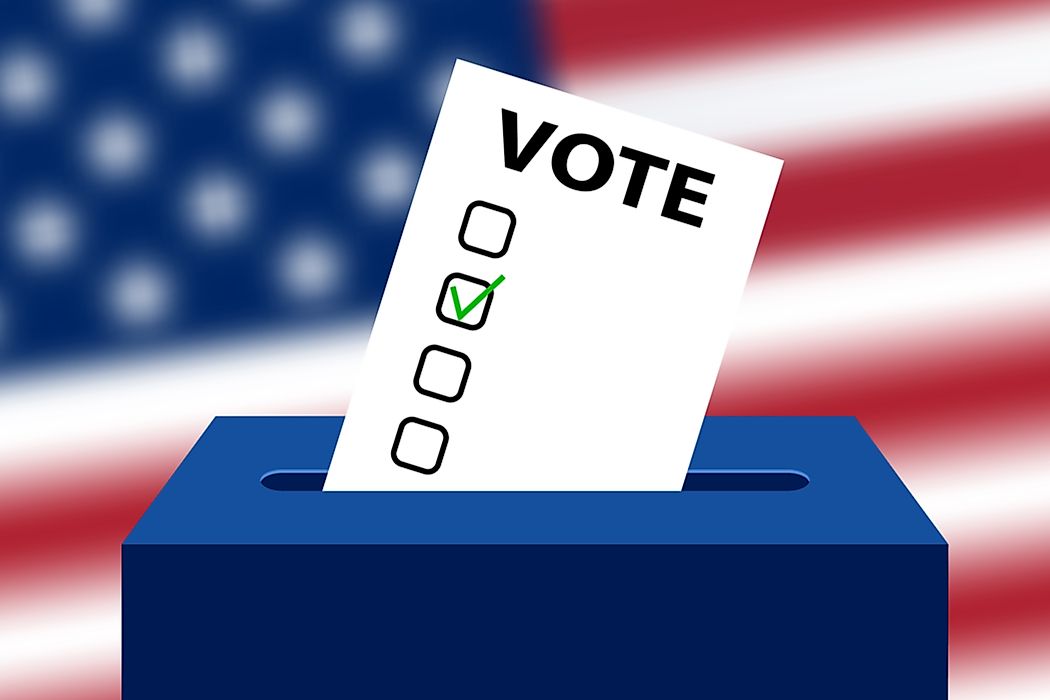What and When Are The Senate Elections?

The midterm election in the United States is the general elections in the US held near the middle point of the term of a president. These elections are held in November and some federal posts are up for election again. These federal offices include members of the US Congress as well as all the 435 posts in the United States House of Representatives, and some 33 or 34 seats in the United States Senate. In addition to all these, 34 out of the 50 states of the US elect their governors. In the case of Vermont and New Hampshire, their governors have a term of only two years. Therefore, these two states elect a new governor in the midterm elections as well as the presidential elections. In some cases, there may be special elections during the midterm elections so additional offices may be up for elections as well.
The US Senate Elections in 2018
The Senate elections are particularly interesting since the winners serve out a whopping six years in the house. Since not all the seats are up for contention in the case of senators, it means that there will always be roughly a third of Senate seats up for grabs in the midterm elections and the presidential election. In the case of this year’s elections, which will be held on November 6, 2018, the winners will stay in office from January 3, 2019, all the way to January 3, 2025. In 2018, 24 Democrats have their seats up for election while Republicans have nine seats only. In addition, two independent contestants are allied with the Democrats. Since the senators serve six years in office, it means that they were elected back in 2012. Minnesota and Mississippi will have special elections.
Importance of the Midterm Elections
Historically, the midterm elections are usually regarded as the judgment of the sitting president and his or her incumbent party. Based on the history, the incumbent party usually loses seats during the midterm elections. Over the previous 21 midterm elections, the party of the incumbent president has, on average, lost four seats in the Senate and 30 in the House. Only two previous midterm elections have seen the president’s party increase its number of seats in both houses.
As things stand in the houses, the Republican Party, which is also the incumbent party, holds the most sway. According to most political experts, the midterm elections give the minority party the opportunity to take the lower House. However, it will not be easy as Democrats need only 20 seats to have control over the lower House. Despite this challenge, experts deem that this will the minor party’s best chance of wresting control from the Democratic Party.
The case of the Senate is a different one. While there are more Democrats going up for retire than there are Republicans, it will be difficult for the Republicans to wrestle them away as these areas are Democrat strongholds. As such, the Democrats have been tipped to retain the majority in the upper house. To maintain a majority, the Republicans can only afford to lose one Senate seat.











